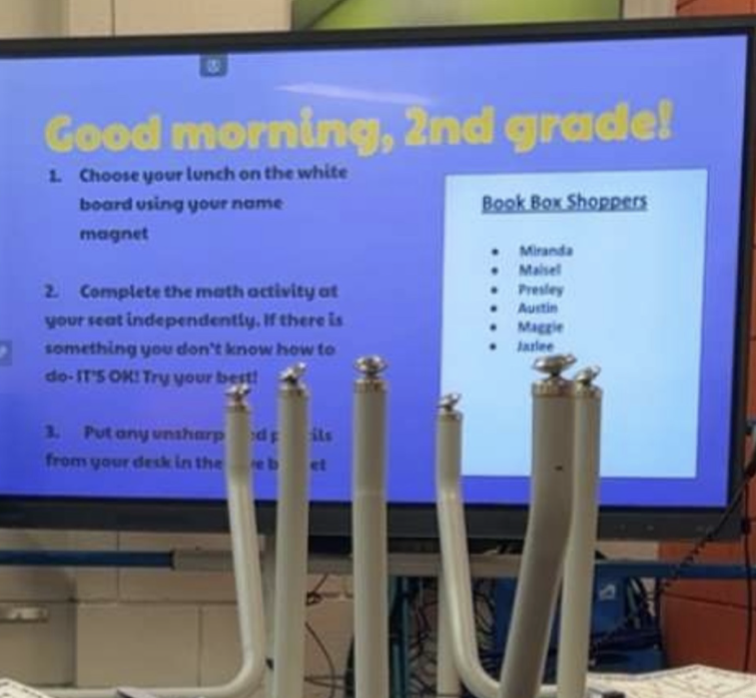
If you walk into my classroom before the first bell, you’ll probably find chairs still flipped on desks, a simple message on the board, and soft music playing in the background. The lights are low, the room feels calm, and there’s a quiet hum of focus as students trickle in, putting their things away, taking down their chairs, and getting started.
On each desk sits a short learning activity. Sometimes it’s math, other days it’s reading, science, or even a quick game to get students’ brains moving. Off to the side, there’s a short list of names—today’s book shoppers. It’s not flashy, but it’s familiar, and that’s exactly the point.
At first glance, it doesn’t look like much. No big fanfare. No elaborate kickoff to the day. Just the steady rhythm of students settling in, the sound of pencils scratching, and the calm consistency of a routine that everyone knows by heart.
But here’s the thing: What may look ordinary is actually one of the most powerful parts of our day.
This morning routine sets the tone. It gives students a sense of calm, consistency, and belonging before the day even begins. For some, this is the most predictable and peaceful part of their morning. They know what to expect. They know they can be successful. And that feeling carries into the rest of the day.
It’s easy to underestimate the power of these small, steady moments, but they’re the invisible framework that holds so much together. That quiet five or 10 minutes builds confidence, independence, and trust. It’s where students practice responsibility and self-management without even realizing it.
And yes, we change it up now and then—the morning activity rotates, the book shoppers change, and occasionally I throw in something new to keep it fresh. But the heart of it stays the same: Students walk in, read the message, and begin their day with purpose.
They don’t need big surprises; they need rhythm. They need that gentle space to breathe, to settle, and to prepare for learning.
And maybe that’s a good reminder for all of us: Sometimes the most powerful teaching moments aren’t loud or elaborate. They’re found in the quiet consistency of routines that tell every child, You belong here. You know what to do. You’re ready to learn.
This article might be missing links that were included at the time of publication.

